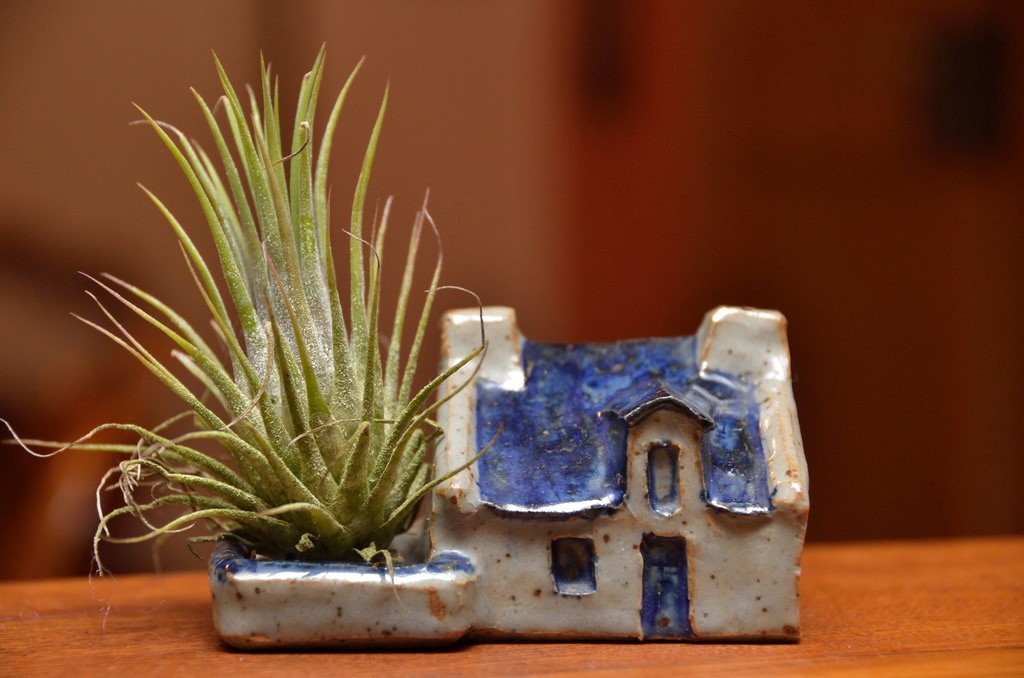Tiny Homes: Big Problems
 For some people, it just seems silly: tiny houses. In a world where we are so addicted to the idea that bigger is better and more means we are more, some people are going in the opposite direction. For many, the niche market of tiny houses has proven to be something they want to be a part of – whether they are doing it to save costs, live simply, or to reduce their footprint on the world.
For some people, it just seems silly: tiny houses. In a world where we are so addicted to the idea that bigger is better and more means we are more, some people are going in the opposite direction. For many, the niche market of tiny houses has proven to be something they want to be a part of – whether they are doing it to save costs, live simply, or to reduce their footprint on the world.
While these are great things, the question still remains: why would someone live in a tiny house?
The Cost is Still High
Tiny houses don’t come with a tiny paycheck. If you are able to build your own tiny house, then you might be able to save some money at the expense of time (and your safety if you aren’t that good at it). Buying a tiny home is still pricey. Even more expensive? What you put inside of the home. For the furniture that folds and bends, you will pay twice what you would pay for something else.
A lot of the things you will put in your home have to be custom made, which comes with an insane price tag. If you can get lucky to have furniture that fits, you can save some money there.
You Have to Put It Somewhere
Another issue is that you have to find land to put your home on if you don’t choose the option of driving around. Some places, like New York City for instance, have micro-lofts and apartments where that is the norm. However, that isn’t the case everywhere. Many codes departments have minimum size requirements which you could violate with your tiny home.
Neighbors also tend to not like tiny homes. They get worried that these cheaper quality homes will negatively impact the worth of their own homes. Some neighborhoods will go out of their way to try to sell properties to someone who doesn’t plan on putting a tiny home there. If you succeed, you won’t have many friends, which could be a problem if you want to spend any time outside.
Growth
For many people just starting out, tiny homes tend to make a lot of sense. They’re cheaper, don’t require as much upkeep, and they make you closer to the people you love. But what about in the long term? If you plan to start a family, raising them in a tiny home doesn’t seem to be the best idea. It is difficult and requires patience and earplugs. What happens when you have a baby who cries all night and a toddler who gets grumpy when she doesn’t sleep? You have to think about how long you realistically want to live in a tiny home.
From there, you also have to think about your resell value. With all of the money you will likely put into your home, it is difficult to assume that you will get your money back. While this type of housing is trendy now, it might not always be trendy.
Are Tiny Houses Truly Green and Sustainable?
While at first glance, this type of housing does seem like a good idea. However, what may just end up happening is that the wealth of tiny houses we see now may just end up in a trash heap somewhere as fewer and fewer people want to buy them. After all, there are 1.4 million homes in the United States that are vacant. You can get some of those homes for less than you could get the supplies for a tiny home.
At the end of the day, tiny houses are extremely cool in theory. In actuality, they aren’t quite as great.